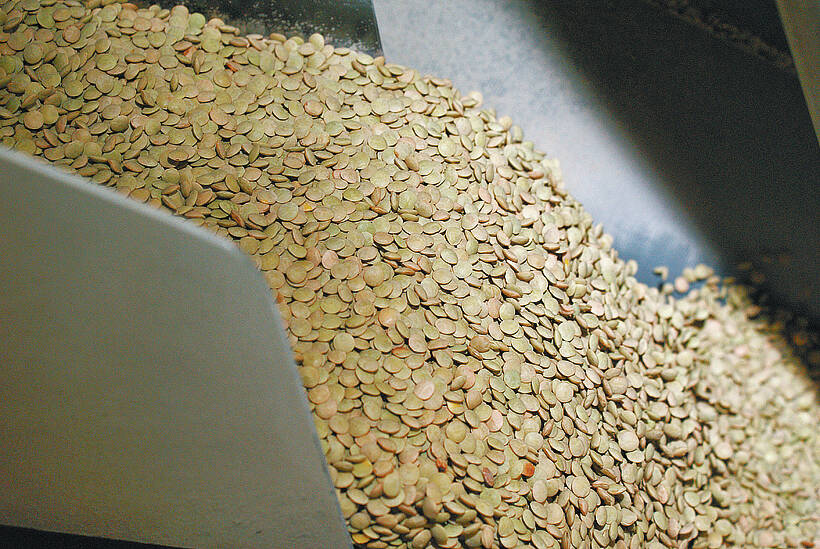Making the connection
Television coverage of the Commonwealth Games this past week in Malaysia gave us a chance to see those impressive twin towers in Kuala Lumpur – the tallest in the world.
And it made me think of El Nino and how it affected the canola market.
Every time I saw those soaring spires, I thought of another more eerie photograph in National Geographic magazine.
It showed the towers in midday, but it could be twilight because the lights glowed in the buildings and surrounding cityscape due to an obscuring pall of smoke.
Read Also

Green lentil market oversupplied
Farmers in Western Canada can expect price pressure on their new crop of green lentils, as the available supplies among the world’s major lentil-growing nations increase significantly.
The shot was taken during the devastating forest fires last year caused by the El Nino-induced drought.
The dry weather, forest fires and smoke in Asian countries such as Malaysia and Indonesia temporarily halted the growth in palm oil production that was increasing by about one million tonnes a year.
Palm oil is the world’s second most important vegetable oil in terms of production. The first is soyoil with 30 percent of total vegetable production. Palm oil is second with 23 percent, rapeseed and canola oil is 15 percent, and sunflower seed oilÊis 11 percent, according to Agriculture Canada’s Biweekly Bulletin of June 5.
The remainder comes from cottonseed, peanuts, coconut, olives and palm kernels.
Total world oilseed production is forecast by the United States Department of Agriculture to grow to 291 million tonnes in 1998-99. That is up from 260 million in 1995-96.
In other words, in the last three years, oilseed production has increased by an average of four percent a year.
The main growth came from soybeans, but vegetable oil production would have been higher if not for the El Nino effects on the palm oil crop.
Meanwhile, world demand for vegetable oil has seen equally impressive growth. Demand this year is expected to outstrip production and world carryover stocks at the end of the 1998-99 crop year are expected to be 6.4 million tonnes, down from 6.7 million last year.
This has helped to buttress the price of oil-rich Canadian canola.
Canola prices on the Winnipeg Commodity Exchange are slightly higher than they were this time last year, despite a big increase in production here and a record-sized U.S. soybean crop.
Strange connections.
A smoke shrouded skyscraper half a world away. A field of prairie canola under a clear sky. The planet seems to be growing smaller all the time.














